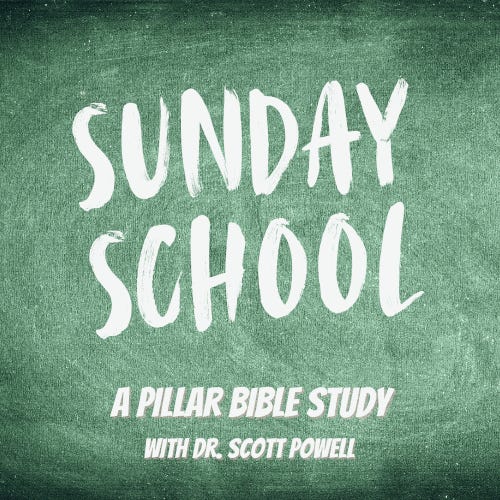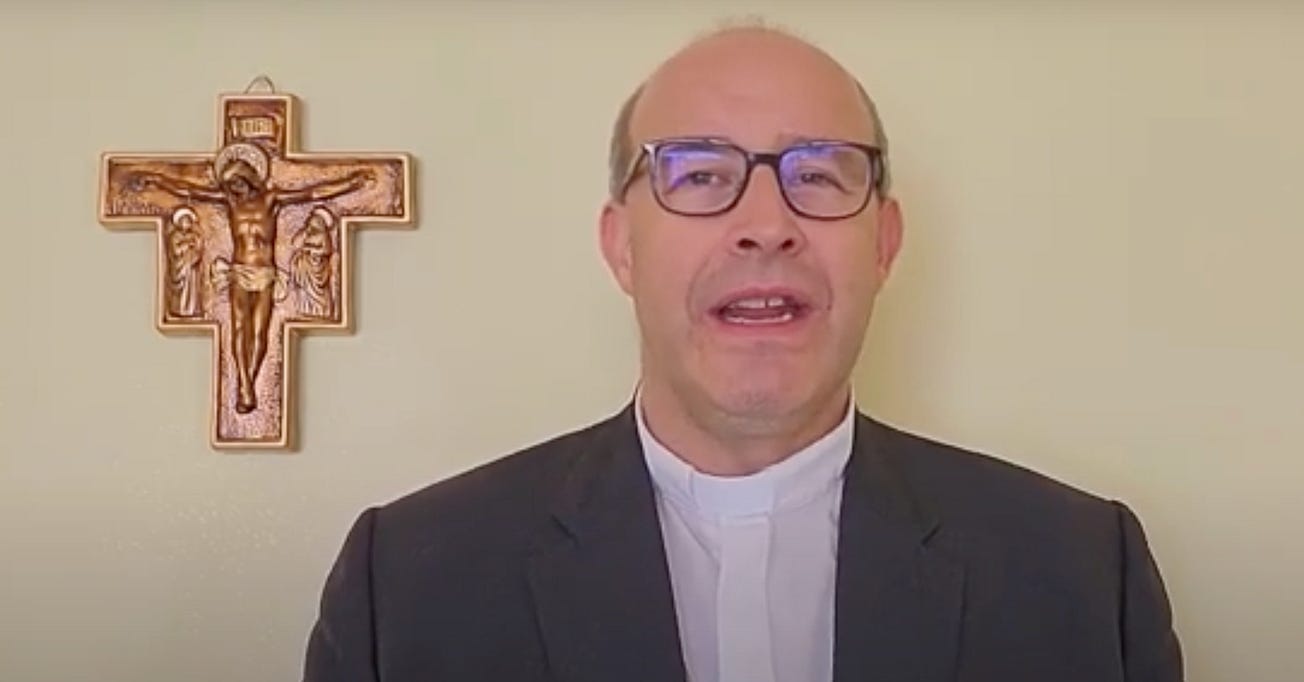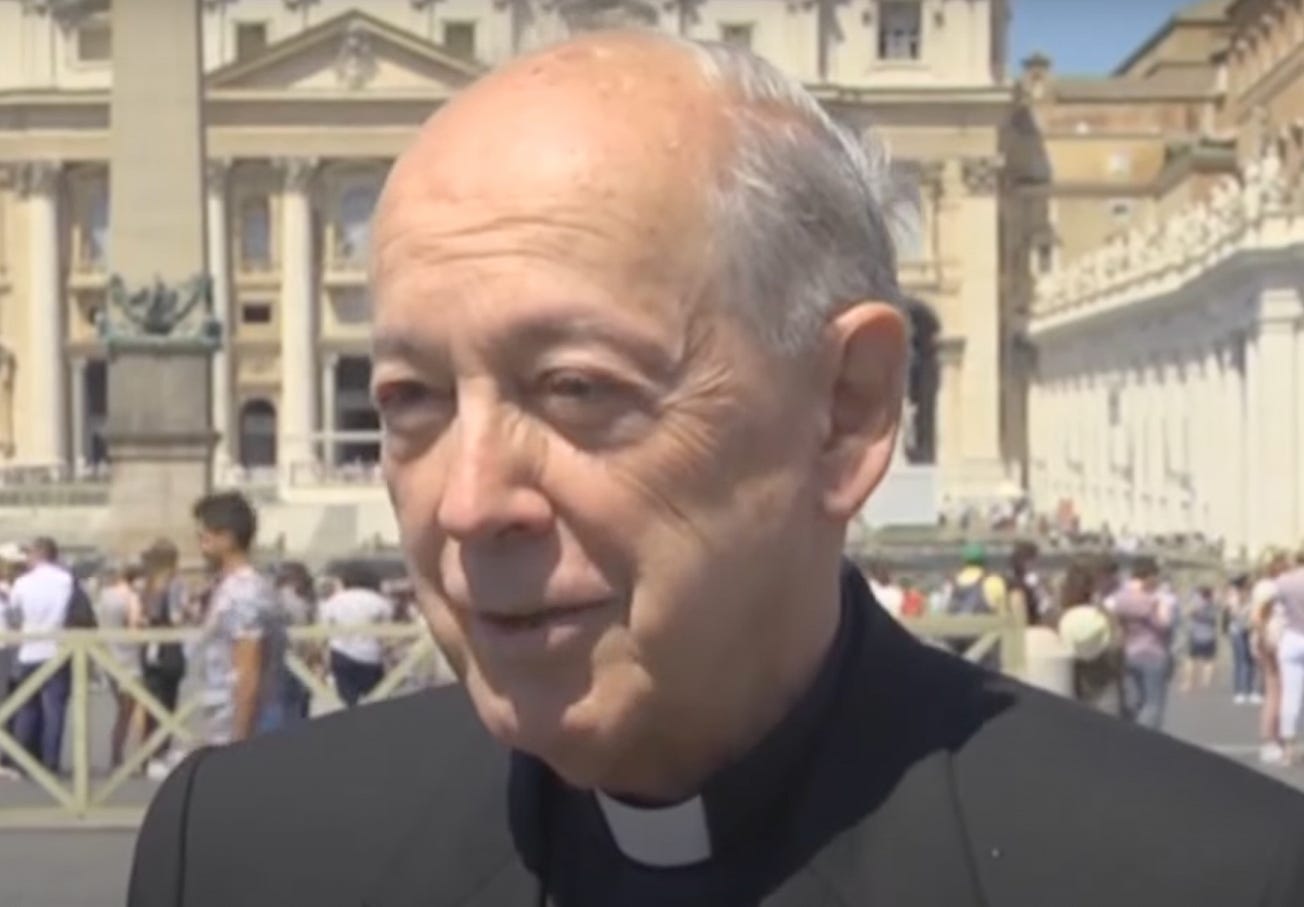Pope Francis has approved the establishment of the permanent diaconate in the Philippines.

In an Aug. 17 letter conveying the pope’s decision, the Vatican said that the step was a “noble initiative for the good of the holy people of God in the Philippines”.
This is a significant moment for the permanent diaconate since its restoration in the Latin Church in 1967 as the Philippines has the globe’s third-largest Catholic population after Brazil and Mexico.
The number of permanent deacons worldwide could rise notably in the coming years, with consequences for Catholic parish life.
But what exactly is the permanent diaconate? How has it developed over the past half-century? And where are permanent deacons located around the world?
What’s the permanent diaconate?
There are three degrees of ordination in the Catholic Church: Deacon, priest, and bishop.
The ministry of deacon — from the Greek word diakonos, meaning “servant” — stretches back to the early Church. An early text, the Didascalia Apostolorum (“Teachings of the Apostles”), referred to deacons as “the eyes and ears, the mouth, heart and soul of the bishop.”
But gradually within the Latin Church, the diaconate came to be seen simply as a transitional stage on the way to the priesthood.
After the Second World War, a discussion arose about the restoration of a permanent diaconate. Pope Pius XII welcomed the debate, but felt the time was not right for a change.
The Second Vatican Council declared that the time had come in its 1964 Dogmatic Constitution on the Church, Lumen gentium.
The text offered a pithy summary of deacons’ tasks, which it said were “to administer baptism solemnly, to be custodian and dispenser of the Eucharist, to assist at and bless marriages in the name of the Church, to bring Viaticum to the dying, to read the Sacred Scripture to the faithful, to instruct and exhort the people, to preside over the worship and prayer of the faithful, to administer sacramentals, [and] to officiate at funeral and burial services.”
Lumen gentium noted that since these vital duties could “be fulfilled only with difficulty in many regions in accordance with the discipline of the Latin Church as it exists today, the diaconate can in the future be restored as a proper and permanent rank of the hierarchy.”
It added that local bodies of bishops needed to decide, with the pope’s approval, “whether and where it is opportune for such deacons to be established for the care of souls.”
“With the consent of the Roman Pontiff, this diaconate can, in the future, be conferred upon men of more mature age, even upon those living in the married state,” it said. “It may also be conferred upon suitable young men, for whom the law of celibacy must remain intact.”
Paul VI formally set out norms for restoring the permanent diaconate in his 1967 motu proprio Sacrum Diaconatus Ordinem. From the start, the pope recognized that a restored permanent diaconate would not necessarily be embraced by the whole Latin Church.
“It is the task of the legitimate assemblies of bishops of episcopal conferences to discuss, with the consent of the Supreme Pontiff whether and where — in view of the good of the faithful — the diaconate is to be instituted as a proper and permanent rank of the hierarchy,” the pope wrote.
He explained that when bishops’ conferences sought approval, they had to explain why it was necessary to ordain permanent deacons in their region, “as well as the circumstances which give well-founded hope of success.”
They were also required to say how the diaconate would be implemented: Whether it was intended for young celibate men, older married men, or both.
How has it developed?
In the wake of Paul VI’s motu proprio, five bishops’ conferences initially asked for and received permission to ordain permanent deacons: Brazil, Cameroon, France, Germany, and Italy.
The first ordination to the permanent diaconate took place in Germany’s Archdiocese of Cologne on April 28, 1968. Five married men were ordained that day by the auxiliary Bishop Augustinus Frotz.
Cardinal Josef Frings, who strongly advocated the restoration of the permanent diaconate at Vatican II, preached the homily. (The future Benedict XVI had served as a theological adviser to Frings at the Council.)
U.S. bishops attending the Second Vatican Council did not vote in favor of the restoration of the permanent diaconate. The U.S. episcopate was nevertheless relatively quick to petition Pope Paul VI for the permanent diaconate, filing a request in May 1968 and receiving approval in August of that year.
The venerable televangelist Fulton Sheen, then Bishop of Rochester, ordained the nation’s first permanent deacon in 1969. Deacon Michael G. Cole was a married former Anglican clergyman with four children. He returned to the Anglican Church a year later.
By 1975, there were 898 permanent deacons in the U.S. In 1985, after a decade of rapid growth, there were 7,204.
Pope Paul VI himself ordained the first Latin American permanent deacons in the Colombian capital, Bogotá, in 1968. The first ordination in Brazil took place a year later.
The first ordination of a permanent deacon in the U.K. was in 1974. But the first ordination in neighboring Ireland did not occur until 2012.
Poland gained its first permanent deacon after the fall of communism in 1993.
Seven men were ordained permanent deacons for the then Diocese of Douala in Cameroon as early as 1968. The first permanent deacons in Southern Africa were ordained in Zimbabwe (then called Rhodesia) in 1979 and South Africa in 1981.
Meanwhile in Asia, a permanent deacon was ordained in Malaysia’s Archdiocese of Kuala Lumpur in 1974. The Diocese of Hong Kong established the ministry of permanent deacon in 1996.
Australia’s first permanent deacon was an aboriginal leader who was ordained in 1974. But neighboring New Zealand had to wait until 1990.
Where are permanent deacons located?
According to the latest edition of the Annuarium Statisticum Ecclesiae, or Statistical Yearbook of the Church, there were 49,176 permanent deacons worldwide in 2021, an increase of 1.1% from the year before.
According to L’Osservatore Romano, 97% of the world’s permanent deacons are found today in the Americas and Europe.
It appears that roughly two-thirds of permanent deacons in the Americas are based in the United States, while a large portion of the remaining third live in Brazil. There are also notable numbers in Argentina, Chile, and Mexico.
A thorough study of the permanent diaconate in the U.S. in 2021-2022 estimated that there were a total of 20,888 permanent deacons in the country, with 20,673 serving in Latin Rite dioceses and 215 in Eastern Catholic eparchies.
Among the dioceses that took part in the study, the one reporting the largest number of permanent deacons was Chicago, with 804, followed by Los Angeles with 498, and Joliet in Illinois, a suffragan diocese of Chicago, with 497.
The participating U.S. Latin Catholic dioceses with the lowest ratios of Catholics per permanent deacon are Lexington (477 Catholics per deacon), Amarillo (547), Rapid City (678), Pueblo (681), and Anchorage (699).
But in some dioceses that did not participate in the survey the ratio is much higher. The Diocese of Lincoln, Nebraska, for example, ordained its first permanent deacon in 2021.
In 2021, 458 new permanent deacons were ordained in the dioceses covered by the study, while 512 deacons retired from active ministry and a further 393 died.
“As is the case with priests in the United States, there are not enough new permanent deacons being ordained to make up for the numbers who are retiring from active ministry and dying each year,” the study said.
In Europe, around a fifth of permanent deacons are based in Germany, one of Europe’s most populous countries, with a similar proportion in France.
The uneven development of the permanent diaconate worldwide reflects how, from the very beginning of its restoration, it was seen as a response to the needs of some but not all parts of the Catholic world.



